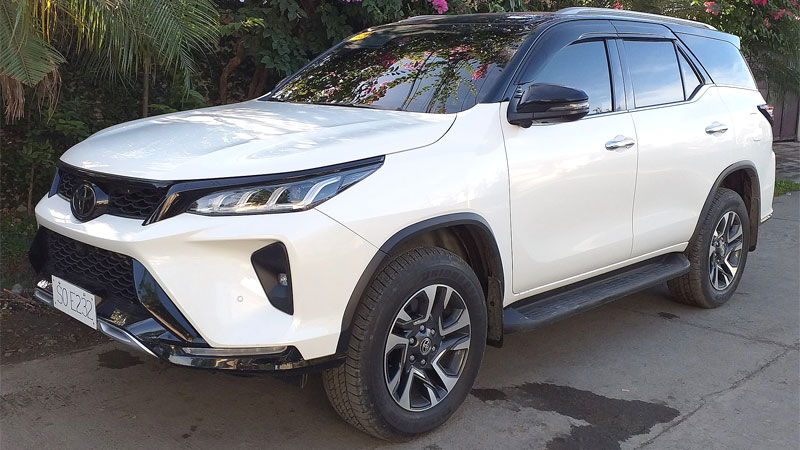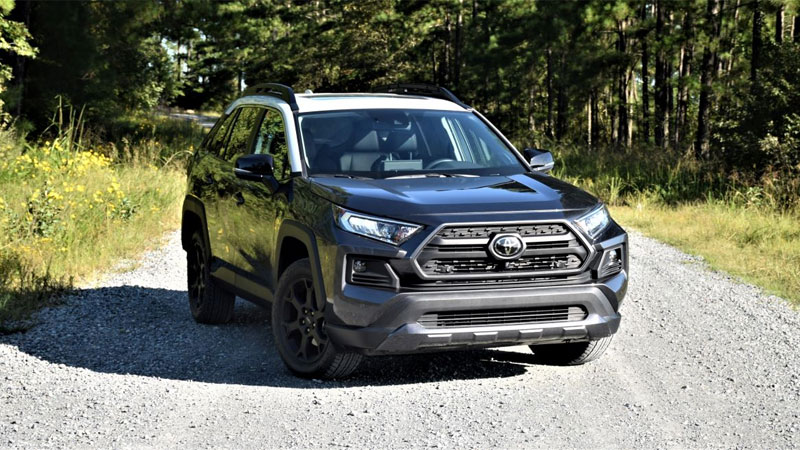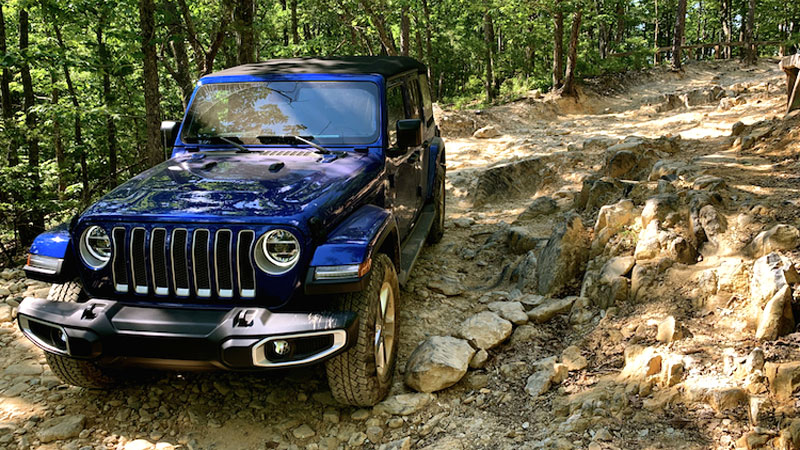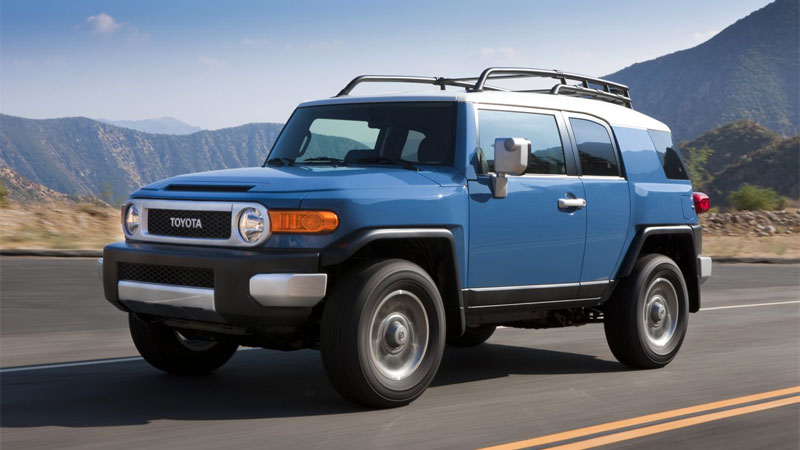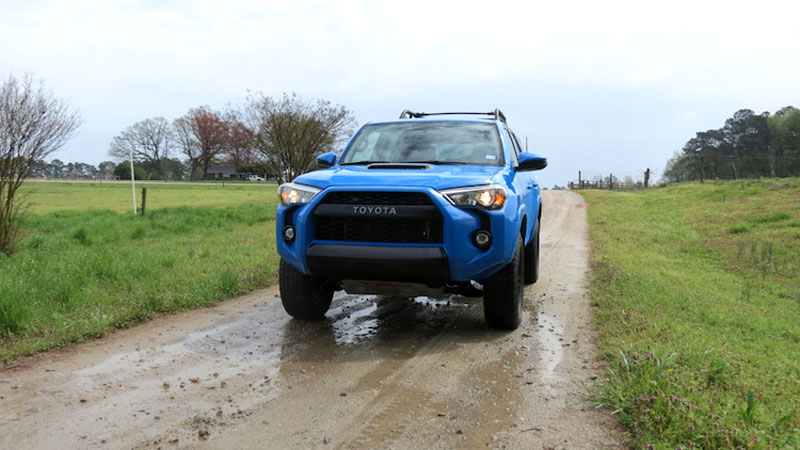What is the Toyota Fortuner?
One in a series of articles examining car models not sold in the U.S. market. The Toyota Fortuner is a mid-size SUV built by this Japanese brand since 2004. The Fortuner came to replace the highly successful 4Runner, as it was discontinued in most global markets (but not in the … Read more

